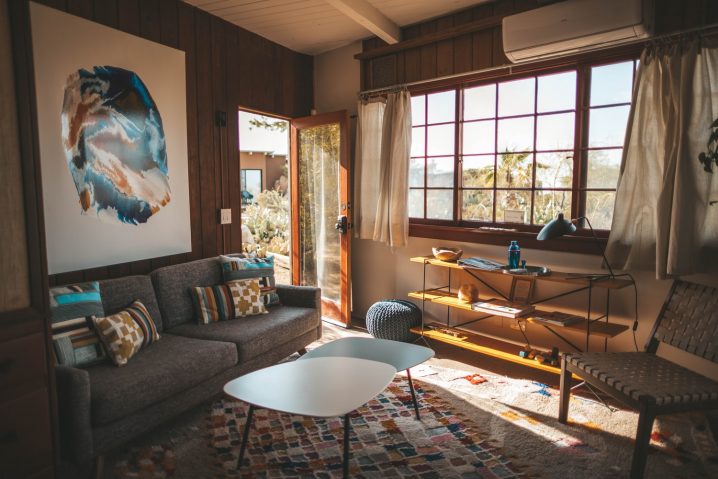Amazing places are full of amazing things, and handmade items are among the most amazing of all. When you first bought your handmade rug, your initial reason for buying it may have been its beauty, but knowing what went into it explains just why it was so costly. While some handwoven rugs can be put together in a few hours or in a day or two, others can take months or even years to create.

Most Persian (Iranian) rugs, for example, take between two and four months to make using the finest materials. The real prize pieces can take a year or more in the making, and the older they get, the more valuable they are. With this in mind, as well as the price you paid, caring for these masterwork floor coverings becomes even more of a priority. Here are a few points to keep in mind.
1. Cleaning Handmade Rugs
Hand-knotted rugs, of which Persian rugs are the finest examples, can’t be cleaned like regular carpets. Uness a recognized expert says that your rug is a higher pile rug, you won’t want to use a regular vacuum on it at all. You’ll certainly never use rough vacuuming from a machine with a beater brush, even if it’s made in such a way that a little light vacuuming won’t harm it. Shaking it out is the gentlest way to clean a rug, but for larger rugs, that could be impractical. Use an old-fashioned carpet sweeper or a broom instead.
From time to time, you’ll want to have your rug thoroughly cleaned. This task must be undertaken with knowledge and forethought. Professional companies like Woodard will know which approach to use for each type of handmade rug including those precious Persians.
2. Where to Place Handmade Rugs
Costly handmade or antique rugs look fantastic, but they don’t belong in high traffic areas – not if you want them to last. It’s also unwise to rest furniture on them. Some handmade rugs are so beautiful that their owners use them as wall-decorations – a great way to keep them away from wear and tear. Alternatively, choose low traffic areas and move your rugs around regularly so that they aren’t always trampled in the same places.
3. Use Padding Under Your Rugs
Friction with the floor, slipping, wrinkling, or folding are all to be avoided if you want your handmade rugs to last. Underfelt or padding under the rug can help to prevent this from happening as well as providing some protection against punctures. At the same time, your rug will feel softer underfoot and there’ll be less noise from wooden floors when you do pass over them.
4. Guard Against Moths
Cleaning or shaking out your rugs is a given even if you do choose to display them on the walls instead of keeping them underfoot. Moths love to be left to breed undisturbed, and they can spell the end for your beautiful rugs. Be sure to lift your rugs every few months at the very least. Give them a gentle sweeping or shaking out. A clean rug that shows signs of use will be less attractive to moths.
5. Block Out UV
Exposure to ultraviolet light from the sun will fade carpets over the years, no matter how good their quality is. Since living with closed drapes probably won’t suit you, consider installing a protective film on window glass to keep harmful rays away from your precious handmade rugs. Even so, continue to periodically rotate rugs, both to limit physical wear on the spots most frequently walked on and to equalize light exposure.



